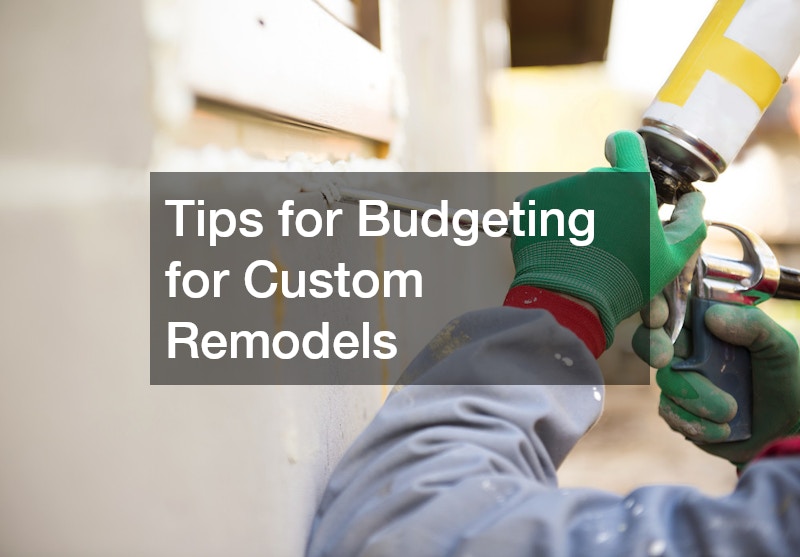
In recent years, $1,000 car payments have become alarmingly common, leaving many households stretched thin. With interest rates rising and car prices skyrocketing, it’s easy to get caught in a debt trap. But fear not—smart strategies can help you avoid overspending and still drive home in a reliable vehicle. Here’s how to steer clear of financial pitfalls while making a savvy car purchase.
Understand What Drives $1,000 Payments
Before we dive into how to avoid overwhelming car payments, it’s important to understand why they’re becoming so common. Several factors contribute to these high monthly costs, from soaring vehicle prices to longer loan terms.
Here’s a look at what’s pushing car payments to the $1,000 mark and why it’s so easy to get caught up in it.
Rising Vehicle Costs
New cars now average over $48,000, with used cars not far behind. Inflation, supply chain disruptions, and higher demand for premium features are major contributors. Buying a brand-new car loaded with bells and whistles might sound appealing, but these extras often come at a steep cost.
Lengthy Loan Terms
Lenders are stretching auto loans to seven years or longer, making monthly payments seem more manageable. However, these long terms mean you pay more interest over time and risk owing more than the car is worth.
High Interest Rates
Auto loan interest rates are climbing, especially for buyers with subpar credit scores. Even a small difference in interest rates can add hundreds of dollars to your monthly payment.
Steps to Avoid the Debt Trap
Now that you know what factors contribute to high car payments, it’s time to focus on how to avoid falling into the debt trap. With the right strategies, you can secure a car that fits your budget without compromising on quality or reliability. Follow these steps to keep your car payments manageable and your finances on track.
1. Set a Budget and Stick to It
Determine how much you can afford before visiting a dealership. Experts recommend that car expenses—including payments, auto insurance, and maintenance—should not exceed 15% of your monthly income. Use online calculators to estimate total costs and avoid being lured into overspending.
2. Consider a Used or Certified Pre-Owned Car
Opting for a reliable used or certified pre-owned (CPO) car can save you thousands while still offering modern safety and tech features. These vehicles often come with warranties and lower depreciation rates compared to new cars.
3. Shop Around for Financing
Don’t settle for dealer financing right away. Compare loan offers from banks, credit unions, and online lenders to find the best interest rate. Pre-approval can also give you leverage when negotiating with dealerships.
4. Save for a Larger Down Payment
The more you can put down upfront, the less you’ll need to borrow. A larger down payment reduces your monthly payment and interest costs while increasing your equity in the vehicle.
5. Prioritize Reliability Over Luxury
While it’s tempting to splurge on a luxury brand or premium package, a reliable car with lower costs of ownership will serve you better in the long run. Remember, your car’s primary purpose is to get you from point A to point B safely.
Additional Smart Buying Tips
Research Total Cost of Ownership
Factor in long-term costs such as gas mileage, insurance, maintenance, and repairs. Some vehicles may be cheaper upfront but more expensive to maintain over time.
Look for Incentives and Rebates
Manufacturers and dealerships often offer promotions like cashback deals or low-interest financing. These perks can significantly lower the overall cost of your purchase.
Avoid Upselling at the Dealership
Salespeople may try to upsell add-ons like extended warranties, gap insurance, or premium accessories. While some add-ons might be worth considering, review their costs carefully and decline unnecessary extras.
Consider Alternative Approaches
If you’re looking for ways to keep your car expenses low without getting stuck with hefty payments, exploring alternative approaches could be the solution. From leasing to public transport, there are several options to consider that can offer flexibility and reduce financial stress. Here are some alternatives that might fit your lifestyle and budget.
Lease Instead of Buy
Leasing can be a cost-effective option for drivers who prefer lower monthly payments and a new car every few years. However, be aware of mileage restrictions and potential fees at the end of the lease term.
Buy a Car Outright
If you’ve saved enough, buying a car outright eliminates the burden of monthly payments and interest. This approach might mean opting for a lower-priced vehicle, but it can provide long-term financial freedom.
Explore Ride-Sharing or Public Transport
For those living in urban areas, relying on ride-sharing services or public transit might be more economical than owning a car.
Protect Your Financial Future
Avoiding $1,000 car payments isn’t just about cutting costs today—it’s about securing your financial stability for years to come. In a world where debt traps are all too common, smart car-buying habits are your best defense. Be patient, do your research, and remember: the goal is not just to drive away in a car, but to do so with peace of mind.
.





